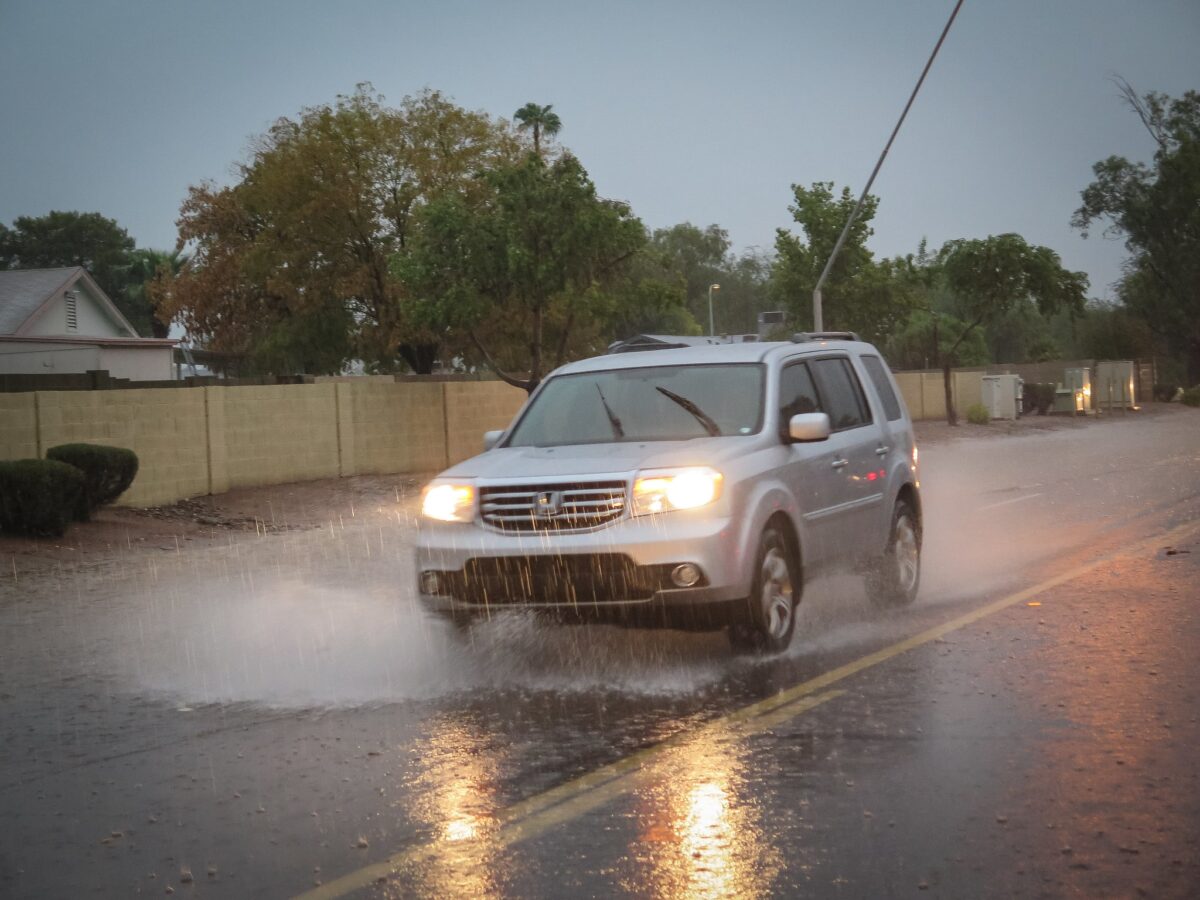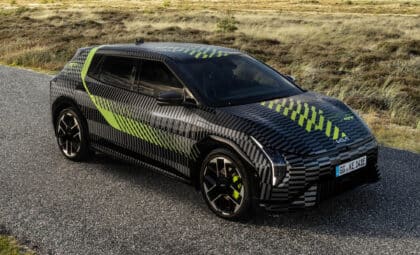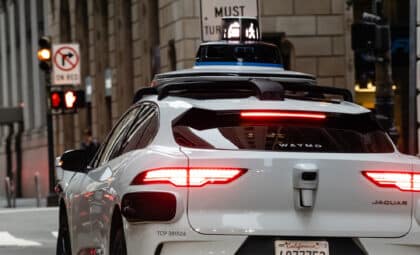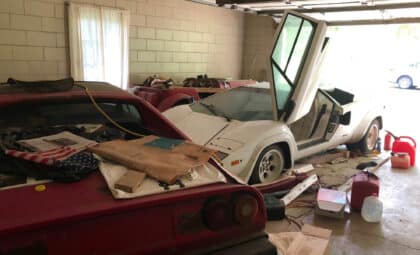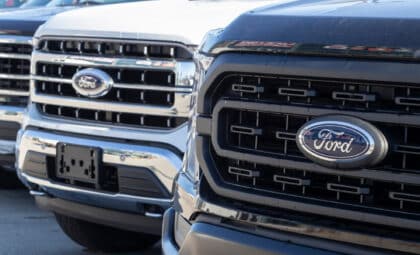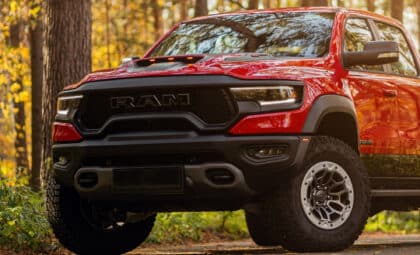
Photo: Devon Christopher Adams via CC
Natural disasters can wreak havoc on your vehicle, causing major damage to the body and internal systems. For car owners who live along the ocean coast, monsoon season can be disastrous for your car. To protect your car from these tropical storms, here are some suggestions for storing and shielding it.
Does Your Car Have Flood Damage? Here are some tips from mechanics for repairing the damage
Park somewhere covered
If you have access to a residential garage, parking garage, or carport, store your vehicle there so it will be covered during the monsoon. This is absolutely the best solution for avoiding monsoon damage.
If you have a garage but it’s occupied with boxes or man cave furnishings, it’s worth moving those items into your house temporarily to park your car inside. Do your best to keep your car out of the storm!
Use a fitted car cover
If you don’t have access to enclosed parking, wrap your vehicle snugly in a fitted, waterproof car cover. Use one that’s tailored to the shape and size of your particular model and is waterproof. Otherwise, the wind could catch it and lift it off like an umbrella.
This extra padding will help deter microdamage caused by dirt, sand, gravel, and small debris that monsoon winds can sweep through the air and pelt against your car.
Apply a thick coat of wax beforehand
Your car’s body will do much better resisting small abrasions if it has an extra layer of padding on it. Keep your car consistently waxed by applying a thick coat of protectant over the paint and clear coat. That way, if a minor impact does occur, it won’t come in direct contact with the paint.
Park on solid, high ground
Never park on the grass or soft ground or on a stretch of road that’s prone to flooding or where the weight of the car could cause it to sink down. Instead, position the vehicle on solid concrete on a hill that has dependable water runoffs. That way, you aren’t parking it somewhere that all the rain will collect.
Don’t park under a tree
Although it may seem like a good idea to park underneath the canopy of a tree during heavy rainfall, it could actually result in worse damage to your car. If a branch breaks from the force of the rain and wind, it could land on your vehicle.
Know Your Car’s Warning Lights: Here’s a helpful guide to interpreting your car’s dashboard emergency symbols

Remove the mats, and lay towels and newspaper
If any water gets inside your car’s cabin, it can soak into the fabric and produce mold and mildew. You’ll want something else there to soak up water so it doesn’t saturate the carpet or upholstery. Sheldon Jones of Cars 24 suggests covering the floor and trunk with newspaper or car towels and draping towels over the seats. These will soak up a lot of water and then be easily swapped out with dry replacements.
Cover any exposed electrical components
Before the storm arrives, look around the car and under the hood for any exposed wires or deteriorating cables that could be ruined if water were to come in contact with them. Wrap these in waterproof electrical tape or have a mechanic replace them with better parts.
Clean when possible
Don’t just park your car and forget about it. Regularly check on its condition every couple of days when the worst moments of the weather have subsided. Remove debris from atop and underneath the vehicle, replace the soaked paper and towels with fresh ones. If you notice any spots where water is leaking in, seal the spot with waterproof tape until you can repair it.
Verify your insurance coverage
If you live in a region prone to hurricanes or monsoons, you should already have auto insurance that covers damages from such natural disasters. If you’re unsure if you have enough coverage to complete any major repairs, take a minute to review your insurance policy and adjust it if needed.
Make sure your vehicle is up-to-date on maintenance beforehand in case you need to drive it during the storm. Once the rains pass, give your vehicle a thorough inspection to ensure all the systems still function. You don’t want to find out later that the tires are flat or headlights are out.
Aaron is unashamed to be a native Clevelander and the proud driver of a Hyundai Veloster Turbo (which recently replaced his 1995 Saturn SC-2). He gleefully utilizes his background in theater, literature, and communication to dramatically recite his own articles to nearby youth. Mr. Widmar happily resides in Dayton, Ohio with his magnificent wife, Vicki, but is often on the road with her exploring new destinations. Aaron has high aspirations for his writing career but often gets distracted pondering the profound nature of the human condition and forgets what he was writing… See more articles by Aaron.

